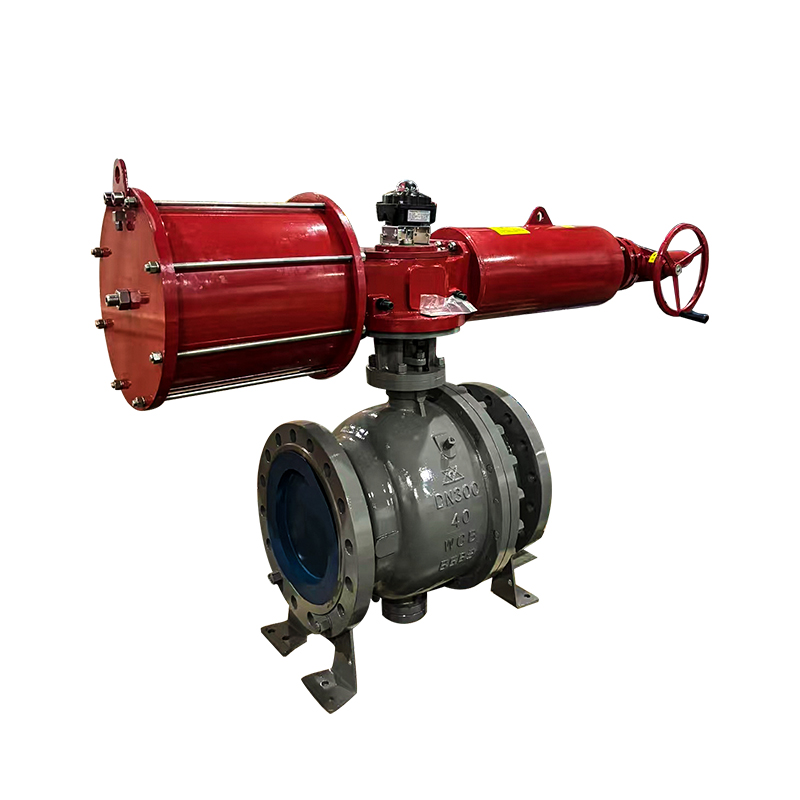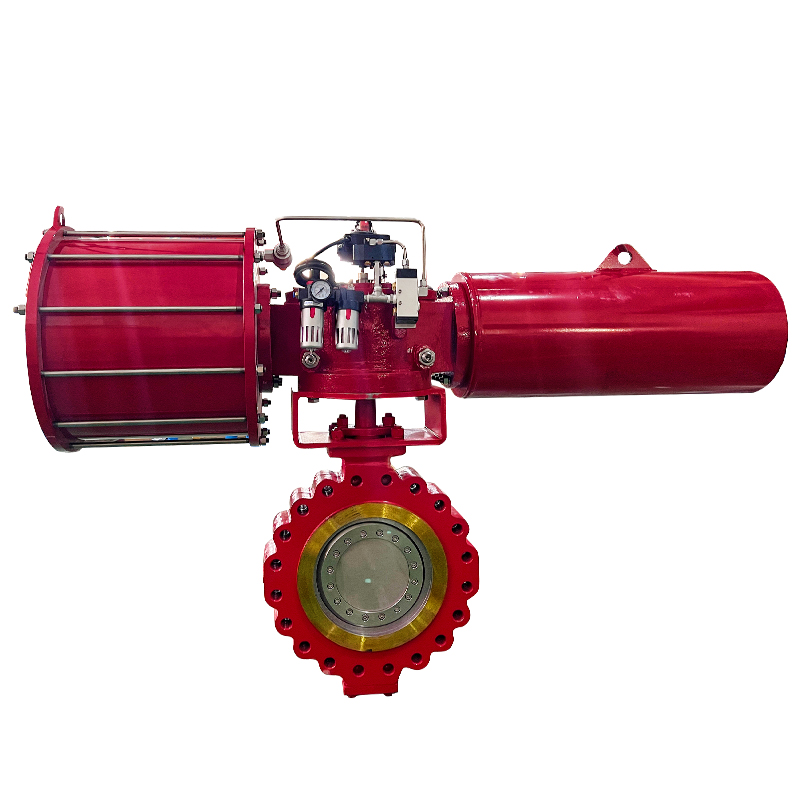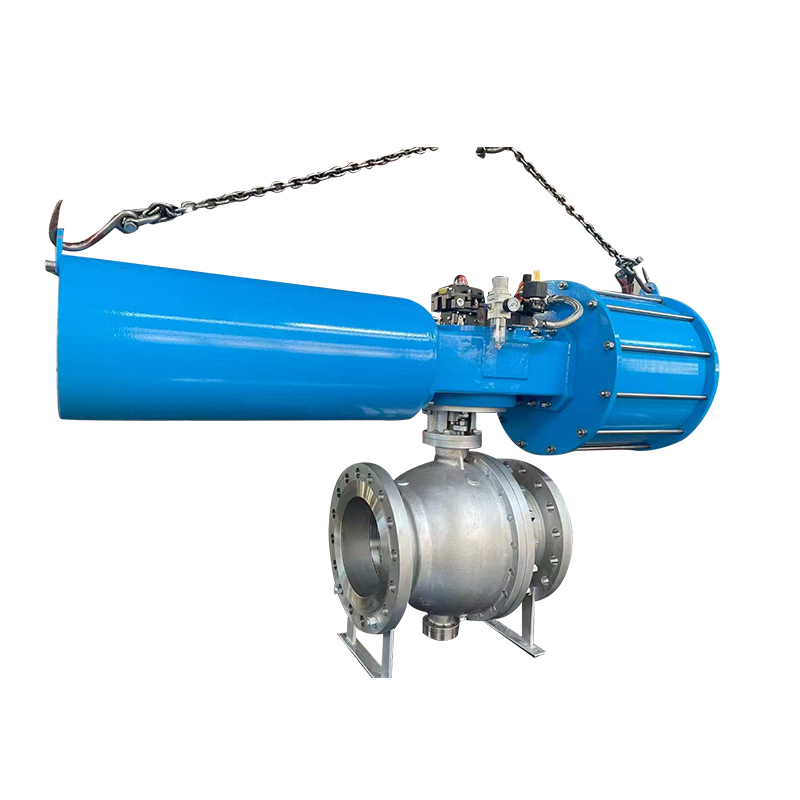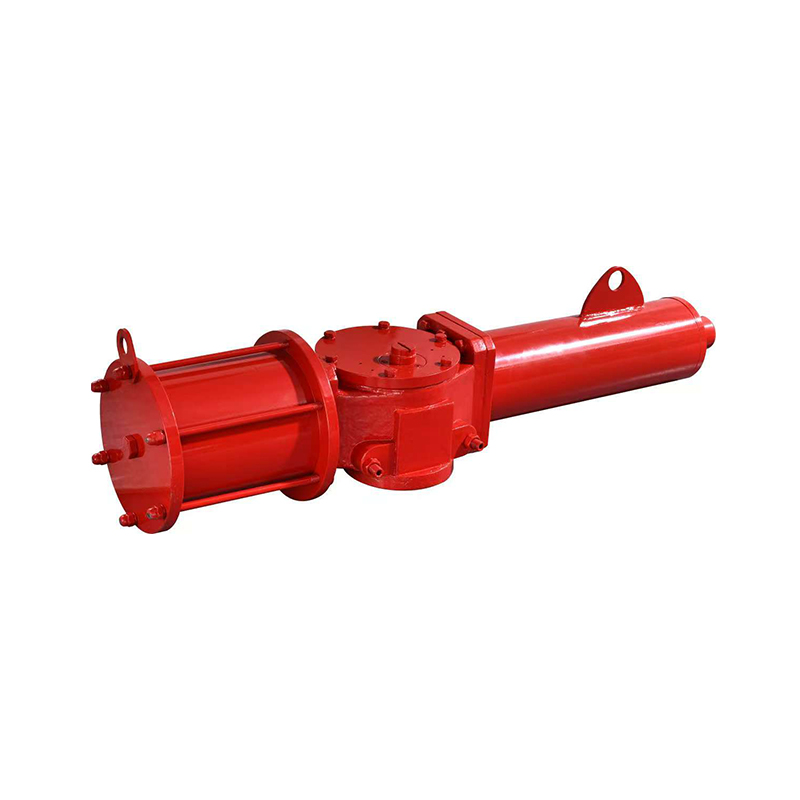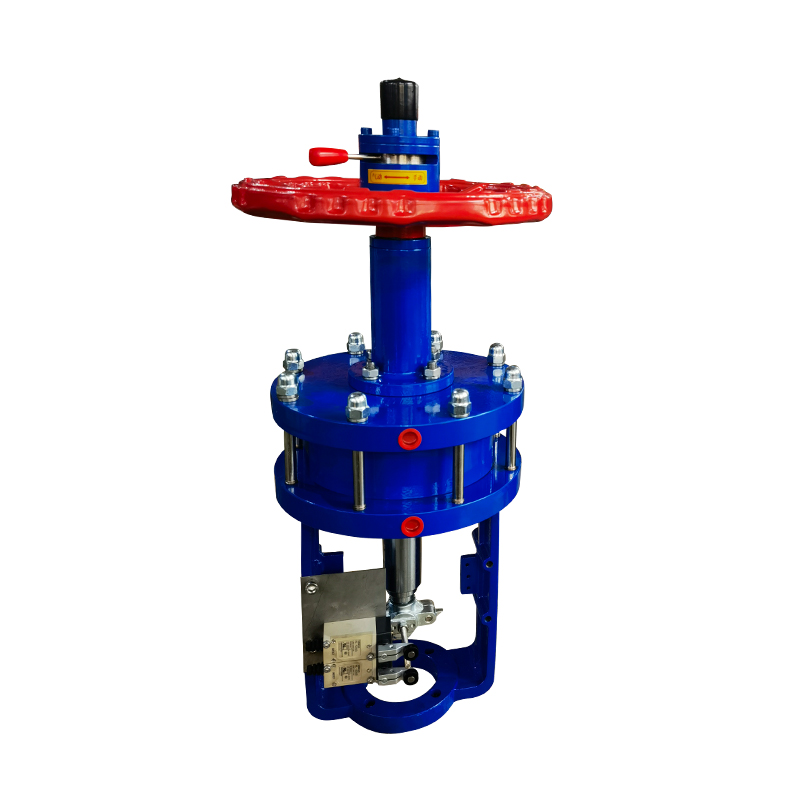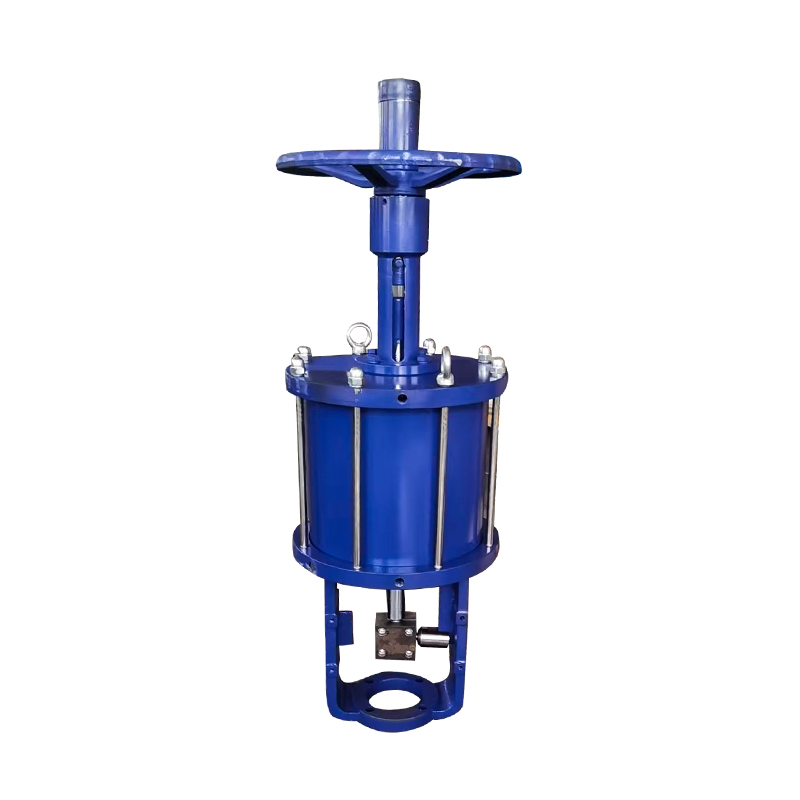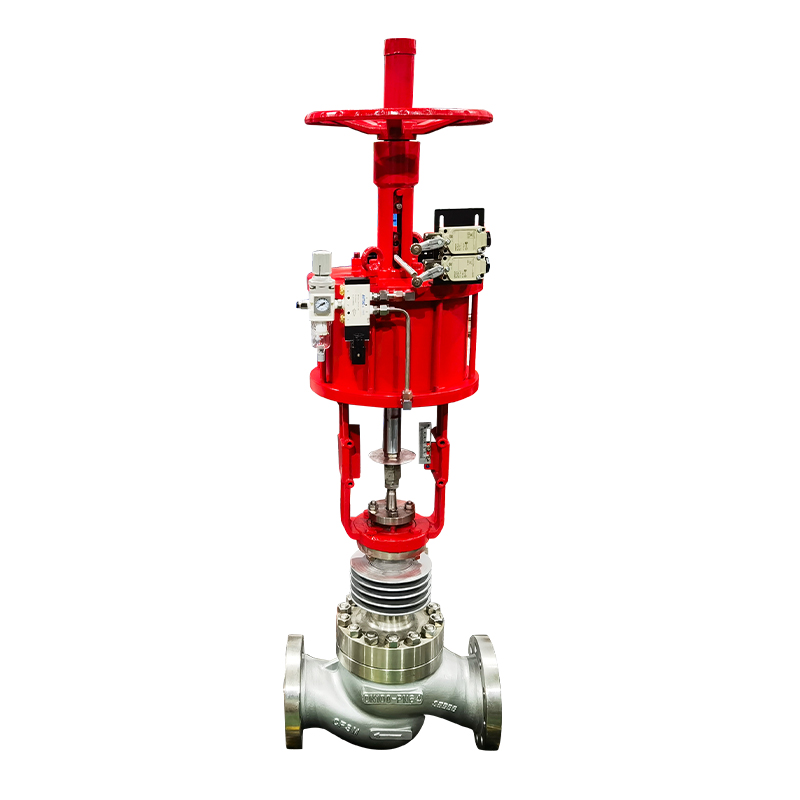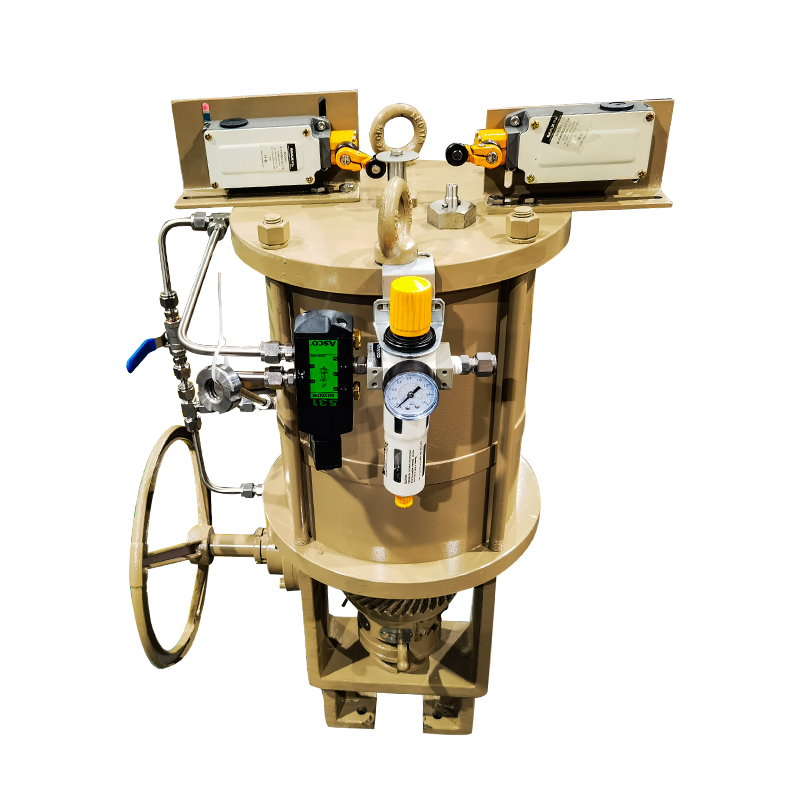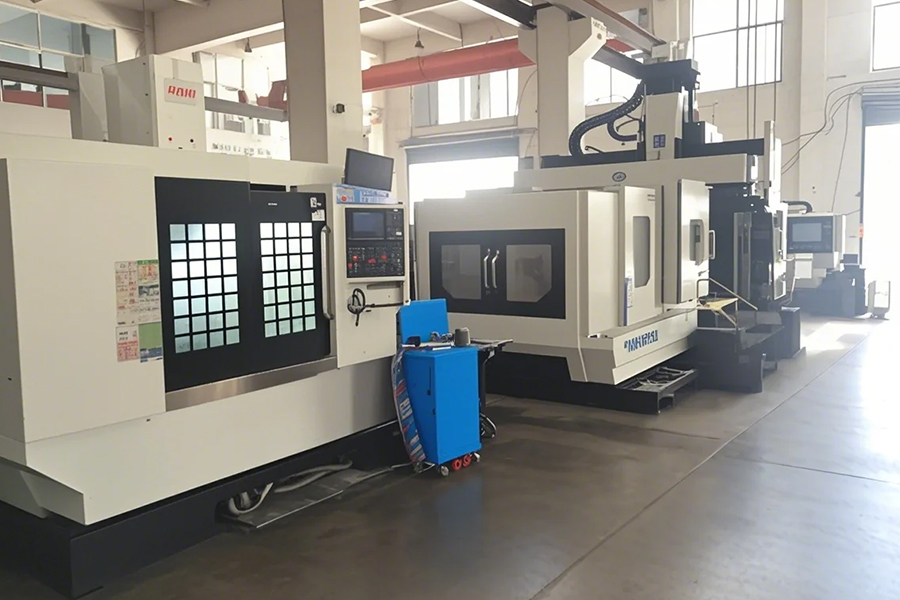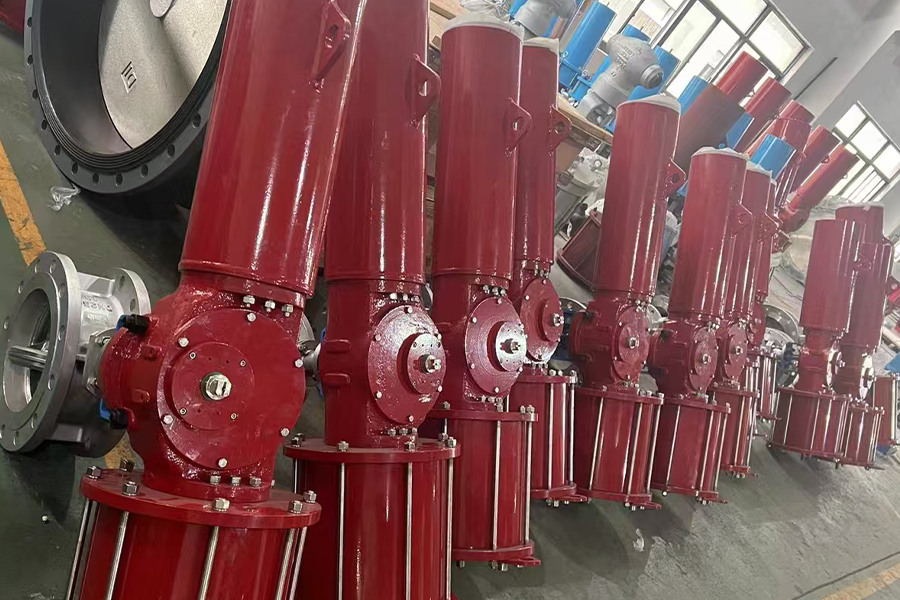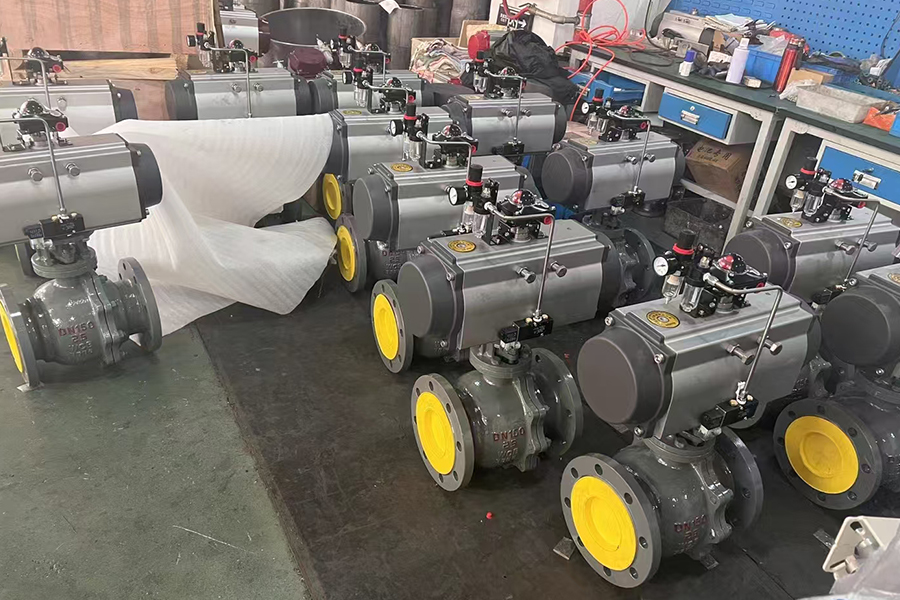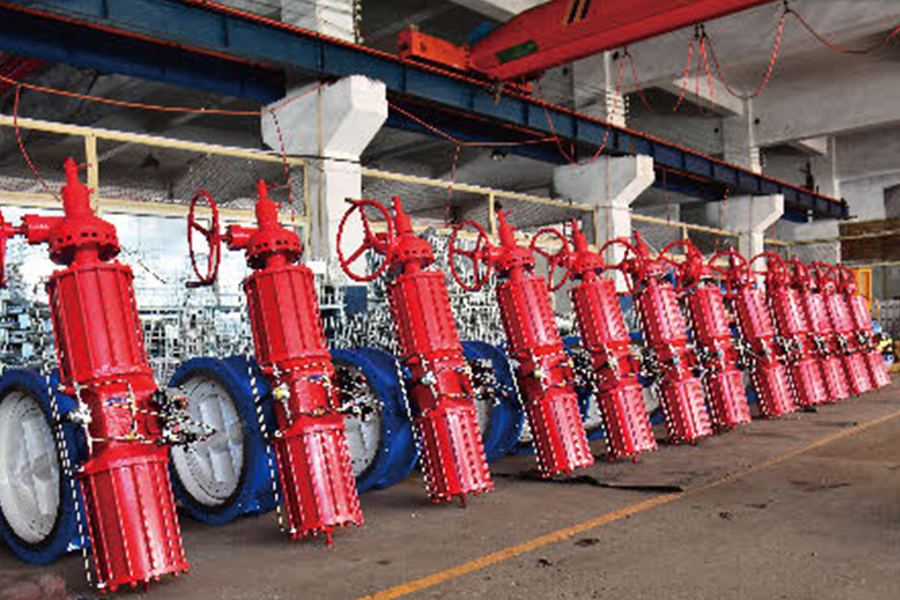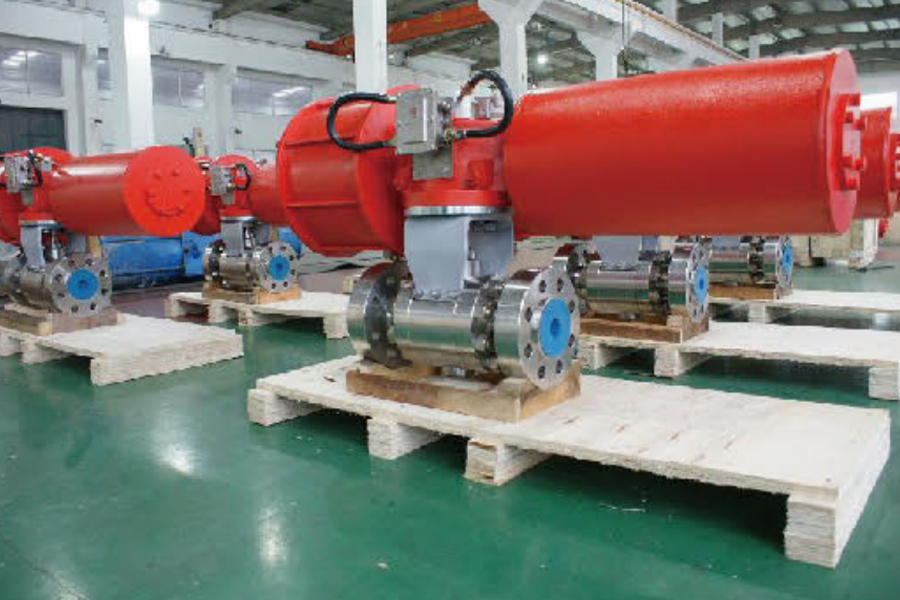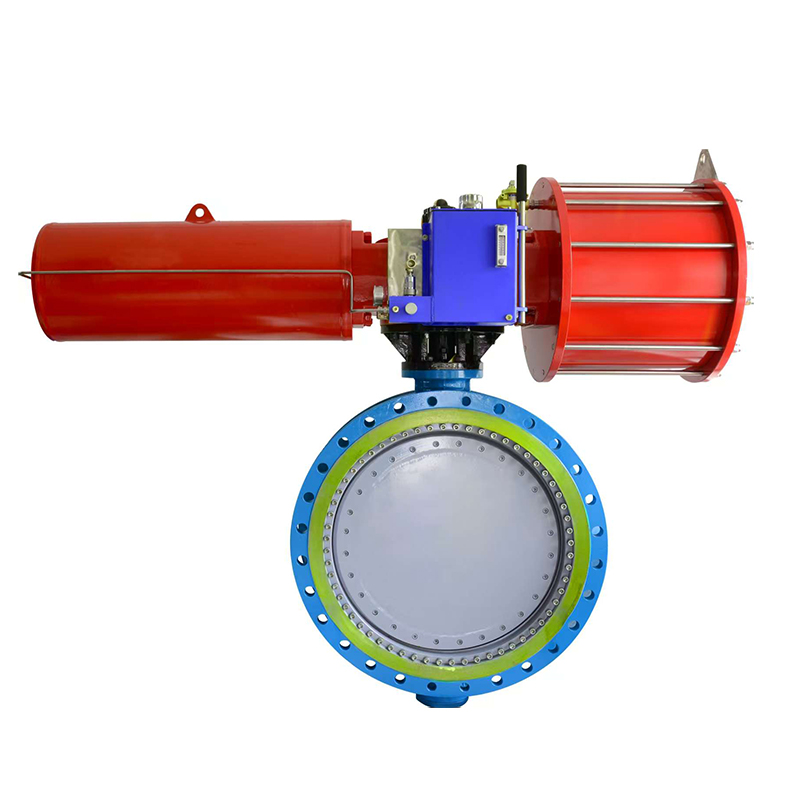
Fork type pneumatic valves are widely used in various industries, including automation, manufacturing, and fluid control, due to their efficiency in regulating the flow of air or gas. These valves are essential components in pneumatic systems, and their performance directly impacts the overall system efficiency. Understanding the factors that affect the performance of fork type pneumatic valves is crucial for ensuring their reliable operation.
1. Air Pressure
One of the most significant factors that affect the performance of fork type pneumatic valves is the air pressure within the system. Pneumatic systems rely on compressed air to actuate valves, and the pressure at which this air is supplied plays a critical role in valve operation. If the air pressure is too low, the valve may not open or close correctly, leading to system inefficiencies or failures. On the other hand, excessive pressure can strain the valve components, causing premature wear or even damage. Maintaining the proper air pressure is essential for optimal valve performance.
2. Temperature
Temperature fluctuations can also have a considerable impact on the performance of fork type pneumatic valves. Extreme temperatures—whether too high or too low—can affect the elasticity of seals, o-rings, and other internal components, leading to leaks or malfunctions. Additionally, temperature changes can alter the viscosity of the fluids used in the system, which may affect how smoothly the valve operates. To ensure long-lasting performance, it is essential to select fork type pneumatic valves that are rated for the specific temperature range of the operating environment.
3. Valve Size and Flow Rate
The size of the fork type pneumatic valve and its associated flow rate are also important factors that influence performance. If the valve size is too small for the required flow, the system may experience pressure drops, reduced efficiency, and even system failure. Conversely, a valve that is too large for the system can result in unnecessary complexity and higher costs without offering significant benefits. The flow rate and size of the valve must match the system’s requirements for optimal performance.
4. Maintenance and Cleanliness
Proper maintenance and cleanliness are crucial for the continued performance of fork type pneumatic valves. Over time, dust, dirt, and other contaminants can accumulate within the valve, leading to blockages, wear, or improper function. Regular cleaning and inspection can help prevent these issues. Additionally, ensuring that the valve is free from contaminants, such as water or oil, is essential to prevent corrosion and other forms of damage. Routine maintenance helps keep the valve in good working condition, reducing the likelihood of unexpected failures.
5. Material Quality
The materials used in the construction of fork type pneumatic valves also play a significant role in their performance. High-quality materials are essential for ensuring that the valve can withstand the pressure, temperature, and chemical conditions in which it operates. Using inferior materials may lead to premature wear, leakage, and overall reduced efficiency. Selecting valves made from durable, corrosion-resistant materials will improve their lifespan and reliability, making them better suited for demanding applications.
The performance of fork type pneumatic valves depends on several factors, including air pressure, temperature, valve size and flow rate, maintenance, and the quality of materials used. By carefully considering these factors, you can ensure that your pneumatic system operates efficiently and reliably. Proper installation, regular maintenance, and selecting the right valve for your system’s specific requirements will help extend the life of the fork type pneumatic valve and prevent costly downtime or repairs.








